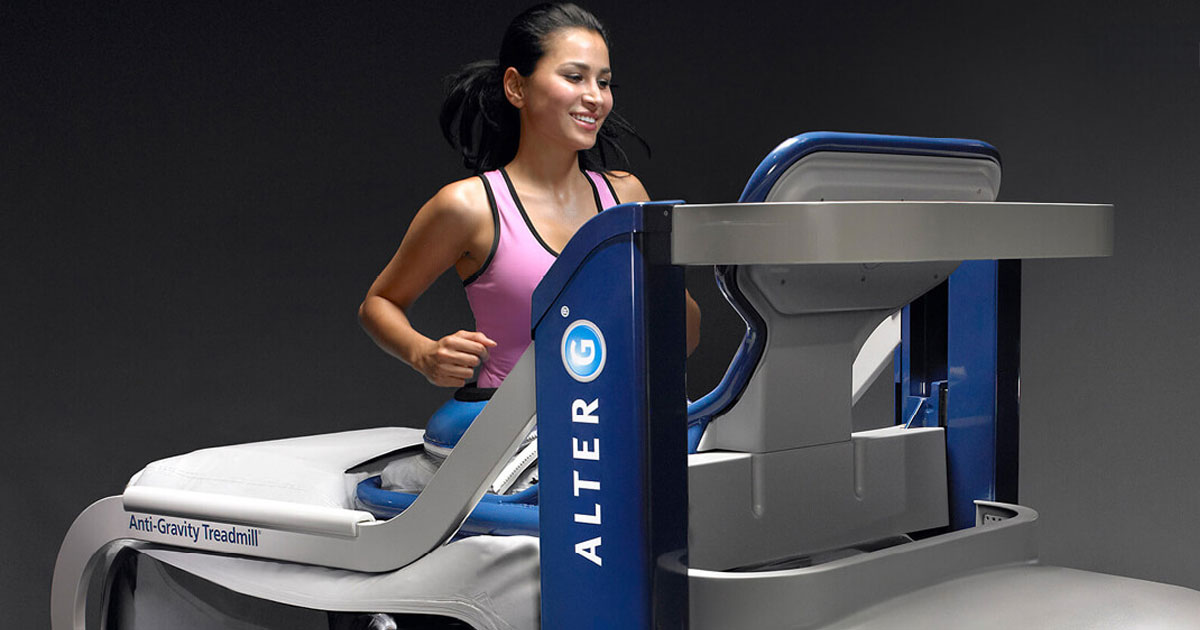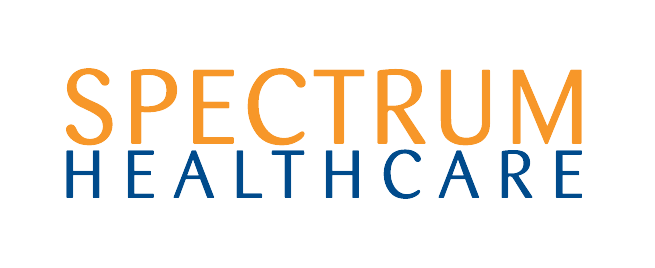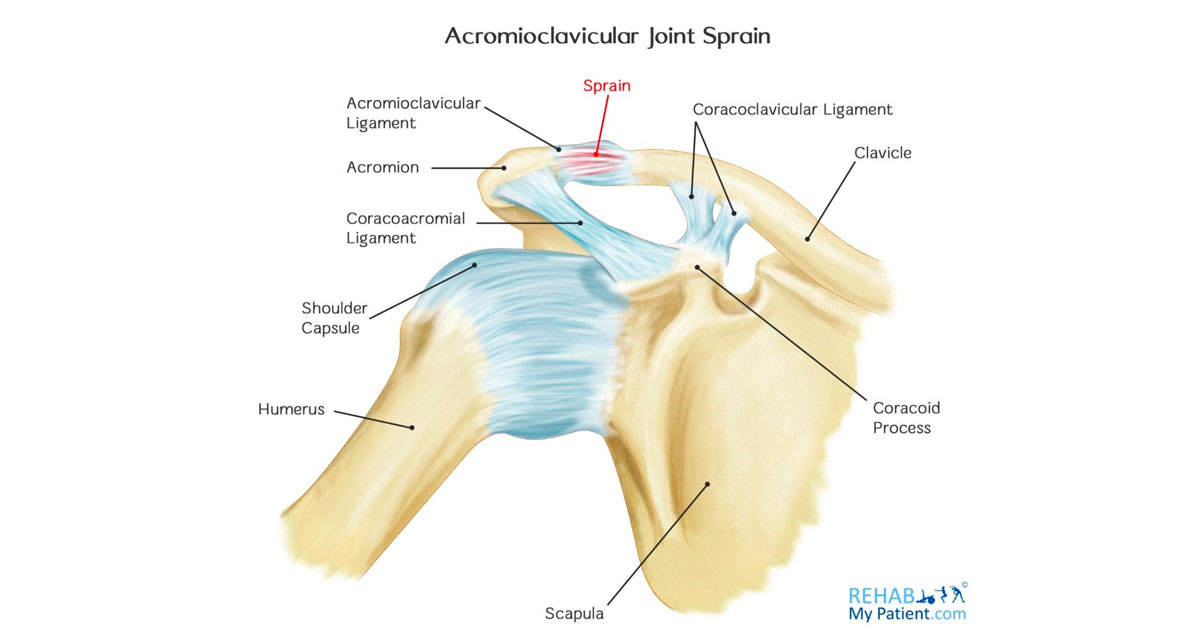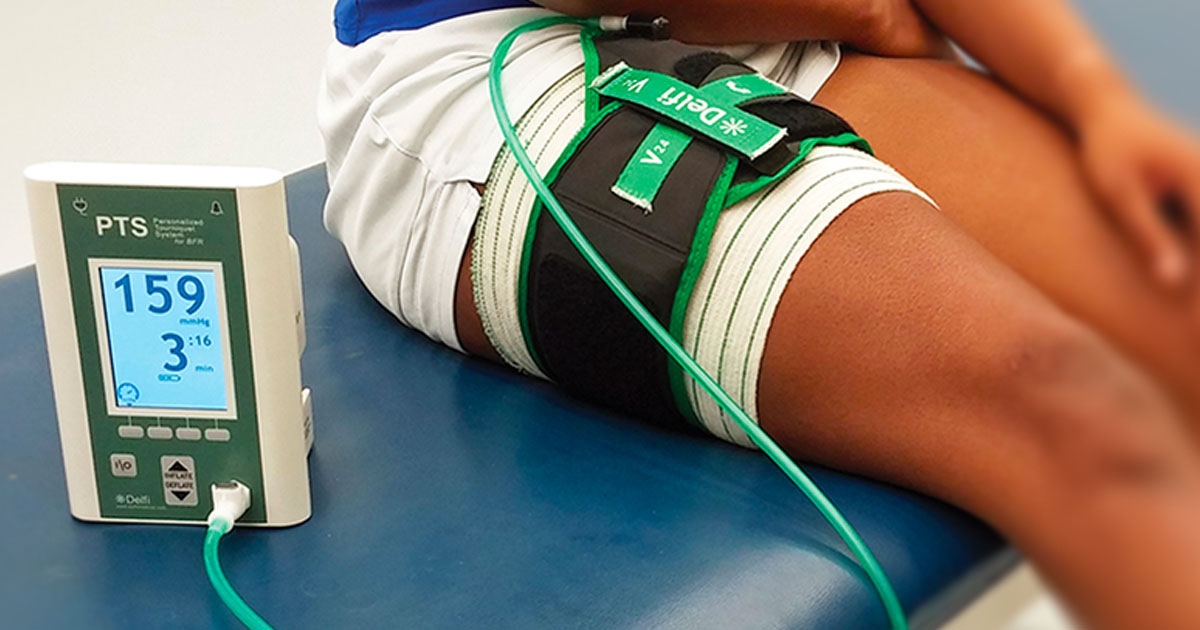
Unlocking Mobility And Greater Capacity: The Benefits of the AlterG Anti-Gravity Treadmill for NDIS Participants with Parkinson’s Disease and Cerebral Palsy
For NDIS participants, incorporating the AlterG anti-gravity treadmill into their therapy plan can make a significant difference in maintaining independence and improving quality of life.





